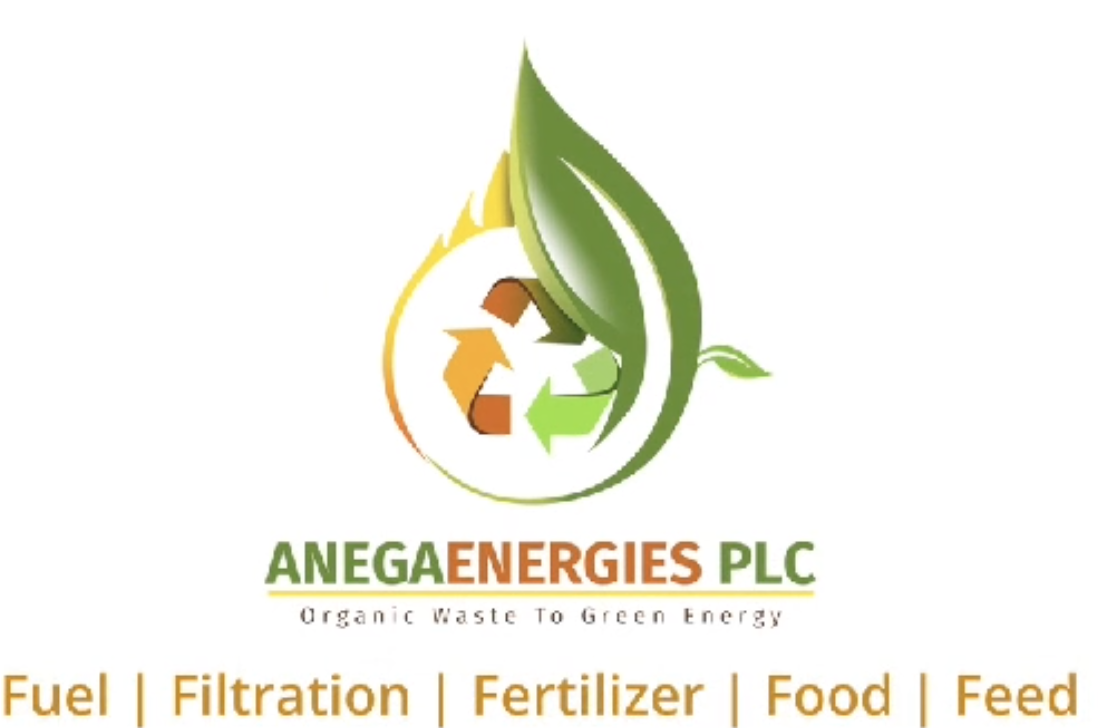Pellets
Why Pelletize in Africa?
Pellets crafted from agricultural residues, such as rice husks, bagasse, or wood processing leftovers, have the potential to significantly replace unsustainable bioenergy sources in Africa. This website, developed by the World Bioenergy Association, aims to facilitate the transition to sustainable bioenergy usage on the continent by providing accessible information on pellet production and utilization.
In many regions worldwide, pellets offer a promising, sustainable energy solution, leveraging carbon-neutral local biomass resources. According to the Pellet Statistics of Bioenergy Europe global pellet production surged from 2 million tons in 2000 to more than 40 million tons by 2021. These pellets now serve as versatile fuel sources, delivering energy for diverse purposes across the globe.
The Benefits of Pellets
Biomass, derived from agricultural production, crop processing, or timber production residues, abounds in Africa. However, utilizing these residues as fuel presents significant challenges, primarily due to two key factors:
- Untreated biomass typically exhibits extremely low density, necessitating substantial storage space and rendering long-distance transportation impractical due to its unwieldy nature.
- Untreated biomass exhibits considerable property variations, particularly in terms of moisture content, depending on collection conditions. This variability complicates its utilization. Biomass with high moisture content performs poorly as a fuel, leading to heightened air pollution and a reduced heating value.
Pelletizing biomass not only resolves these issues but also offers additional advantages:
The pelletization process leads to a product, with a high energy density. This means that approximately 5 times more energy can be stored in the same volume compared to untreated biomass. A bag of pellets has approximately the same energy content as a similar sized bag of charcoal. However, pellets have considerably more weight.
The pelleting process must include a careful control of the humidity of used biomass. Too humid material needs to be dried before pelletizing as pellets otherwise fall apart. Consequently, pellets have a very low humidity and high net calorific value of 4-5 kWh/kg.
Pellets can be produced from many types of biomass, such as sawdust, rice husks, straw, peanut shells, corn cobs or other residues of agriculture production as well as residues from the processing of agricultural products. Pellets from agricultural residues can be used in gasifying cook stoves providing an ideal local source of energy for many places in Africa that have a lack of wood supply. It should be noted, however, that pellets from agricultural raw materials have significantly higher ash content than pellets from wood residues and cannot be used by the same boilers or power plants as pellets from woody biomass.
Due to the small particle size, pellet combustion does not create any smoke when using the right equipment. A pellet cookstove can burn almost as clean and stable as an LPG stove but at much lower costs.
While charcoal production reduces the energy content of biomass substantially – up to 80 % of the energy content is lost during the transformation of wood to charcoal – pelletizing does not reduce the energy content and needs only comparatively small amounts of energy for processing, drying and compressing the biomass. Also, in contrast to charcoal production, it causes no local air pollution.

01
Sawdust and wood shavings are delivered from the sawmill or processed directly on site.
02
The wet sawdust is dried. The heat used in this process usually comes from the combustion of bark.
03
Foreign materials are removed from the sawdust in a metal separator.
04
The hammer mill crushes the dry sawdust to a uniform size.
05
The sawdust is mixed with small amounts of starch and moisture to help it slide through the pellet mill.
06
The mixed sawdust is stored in a ripening container for about 20 minutes before pressing process.
07
The pellet mill presses the material through a die to give the pellets their shape. This generates heat and the lignin contained in the wood softens. It acts as a glue that holds the pellets together after cooling.
08
The pellets, heated due to the pressing process, are cooled with air.
09
A screen separates the finished pellets from loose sawdust, which is then fed back into production.
10
The finished pellets are packed in bags or brought directly to the customer by a silo truck.
More Information
Pellet Project Development
[dipi_table_of_content generate_for_whole_page="off" section_selector="#row"...
Marketing
[dipi_table_of_content generate_for_whole_page="off" section_selector="#row"...
Pellet Quality
[dipi_table_of_content heading_tags="off|on|on|off|off|off" generate_for_whole_page="off"...





